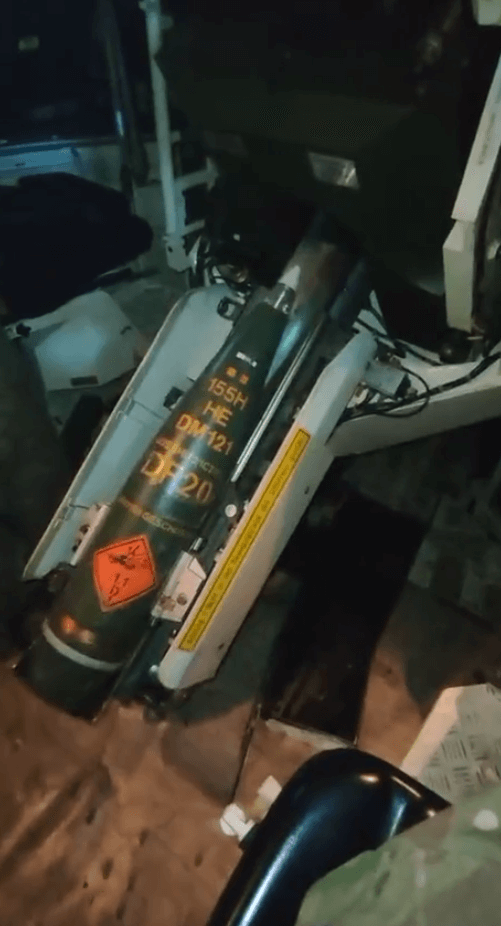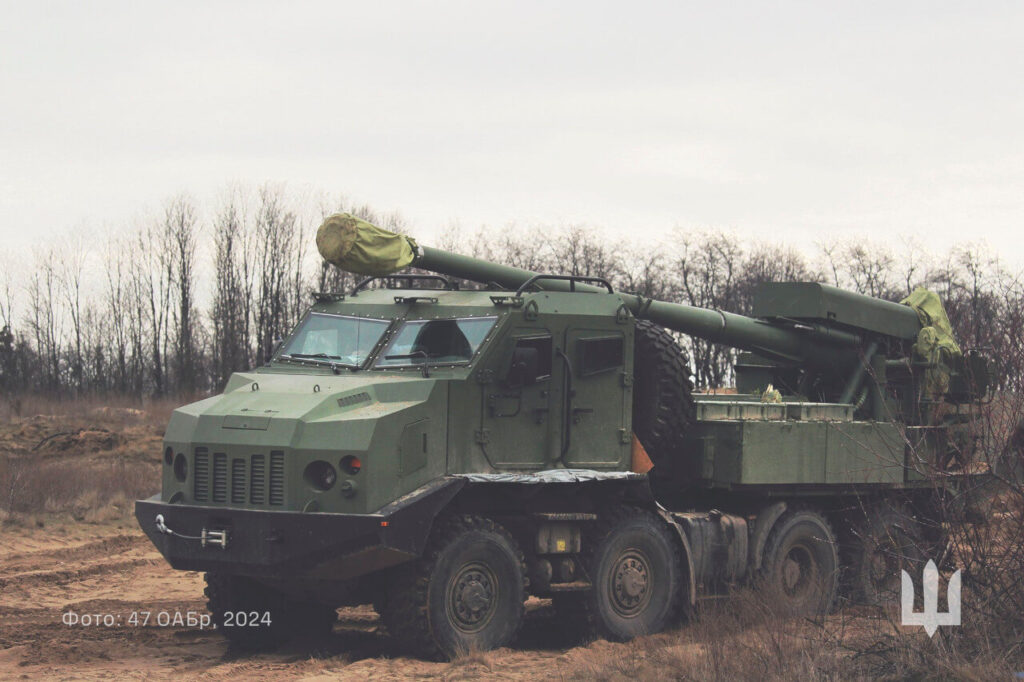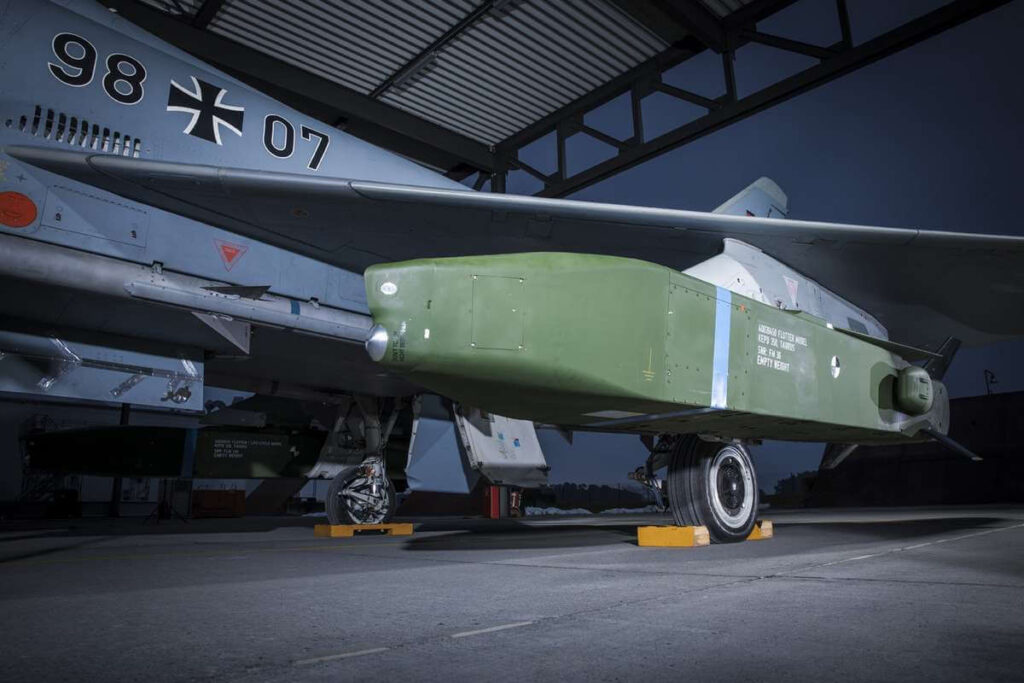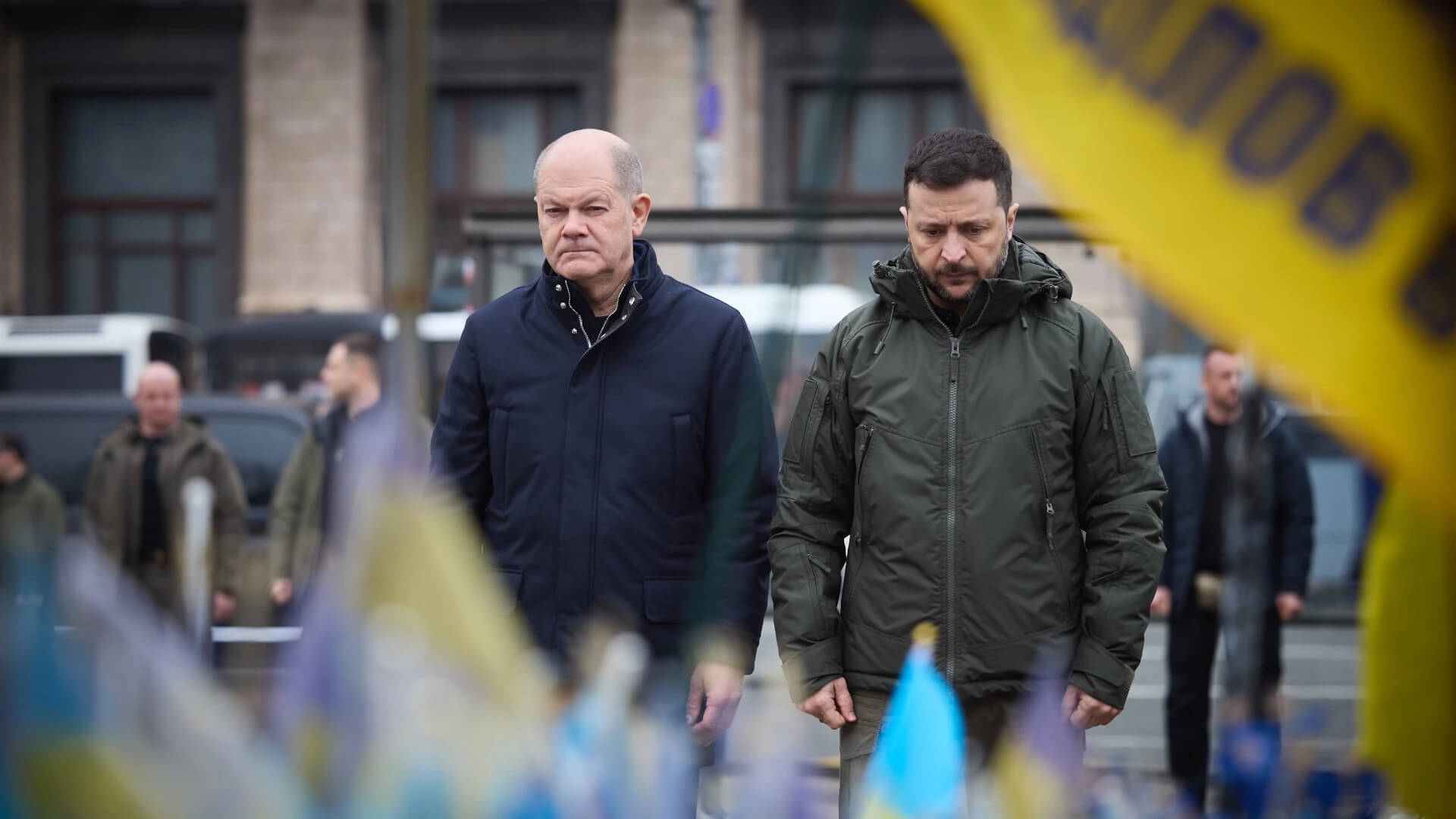First mentioned publicly by Chancellor Scholz back in November 2024 as one of the four reasons why the German traffic light coalition collapsed, the idea of allocating an additional €3 billion for the military assistance of Ukraine has since been a regular discussed topic.
Not the least because Ukraine urgently needs the military material that would be procured with these funds.
According to various media reports, the Ministry of Defence’s “shopping list” includes ammunition for the most powerful air defence system in Ukrainian service, the US-made MIM-104 Patriot, ten wheeled howitzers and additional artillery ammunition.
According to Agnieszka Brugger, deputy parliamentary group leader of the Greens and member of the Bundestag’s defence committee, about 60% of the material that would be financed could be delivered to Ukraine within this year if the funds are allocated quickly enough.
It would therefore be a significant boost for the Ukrainian military at a time when the future of Ukraine as an independent country and the military assistance from the US are in jeopardy.

And although all democratic thinking parties in Germany agree that Ukraine requires additional funding, no agreement could be reached until today, even after more than two months of negotiations.
The deficits are simply too great shortly before the federal elections on the 23rd of February. The crux of the matter is where to find the money for Ukraine.
Except for the chancellor’s party, the SPD, all democratic thinking parties agree that the money can be found in the regular federal budget.
For example, Sebastian Schäfer from the Bundestag’s Budget Committee argues that Bundeswehr spendings — such as energy costs — have been overestimated. This alone would already make €500 million (i.e. one sixth of the total package) available.
In fact, around €397 million had been made available for the military assistance of Ukraine in exactly this way towards the end of last year.
The big difference, according to Chancellor Scholz, is that the budget deficit for the next federal government is already too large at around €26 billion, and the money must therefore be used to cover this at least in part.
The funding for Ukraine should therefore be secured via a so-called “Überschreitensbeschluss” or, to put it simply, Scholz wanted to take on additional debt to secure the funding. This was last confirmed by his spokesperson Steffen Hebestreit on the 7th of February.
A very controversial matter thanks to the debt brake which is deeply anchored in the German Basic Law. The last time this option was used was in 2023. Neither the CDU/CSU nor the FDP and the Greens favour such a measure, while the Chancellor is insisting on it.
Although the Greens and the FDP say that they are ready to call a special session of the Bundestag’s Budget Committee at any time to decide on these funds after all, the chances of this happening are probably close to zero.
Less than two weeks before the upcoming elections, neither the CDU, which is clearly in the lead in current polls, nor Scholz with the SPD will back down to strengthen the other side in the race for potential voters.

I therefore basically see no hope for additional funds to be secured before the upcoming elections. In addition, also the SZ already reported last Thursday that the chances of an agreement are basically not given.
While this is of course likely to cause outrage and disappointment among our European neighbours, and certainly in the US in particular, the biggest victim of this failure is of course Ukraine, which has also been fighting for our freedom and our security with blood, sweat and tears every day for almost three years now.
This means that, as things stand, the next German government will only have around €4 billion at its disposal for the military assistance of Ukraine within 2025.
This is a considerable amount which will result in the delivery of three IRIS-T SLM fire units, six IRIS-T SLS launchers, dozens of MBTs, IFVs, MRAPs and much more, but of course not quite adequate for an economically strong country like Germany, which at the same time always claims to be Ukraine’s biggest supporter within Europe.
In addition, the funds are already more or less fully bound in contracts, so that in principle no additional assistance can be pledged in the course of the year, for example to respond to unforeseen situations on the battlefield.
Only larger reimbursements via the EPF could create a momentum in the short term. In the medium term, however, it will be up to the next federal government, most likely under the leadership of a new chancellor, to provide additional funding for Ukraine.

The biggest problem, however, is that several months are likely to have passed by then. Additional time will pass before the contracts are signed. Realistically, we will have lost about half a year that we won’t get back.
This will drastically reduce the amount of additional military assistance that could be provided this year, compared to the original estimate of around 60% (referring to Agnieszka Brugger’s argument above).
In the end, we have no choice but to hope for a miracle, while Germany has once again proven to the world that it is not prepared to take the lead in supporting Ukraine on a political level.
While Ukraine is increasingly less at the centre of attention in the election campaigns in Germany, it has unfortunately very likely become a victim of them.
If you liked this post, consider following me on X, Bluesky, or Telegram. If you like, you can also leave me a tip on Ko-fi.


